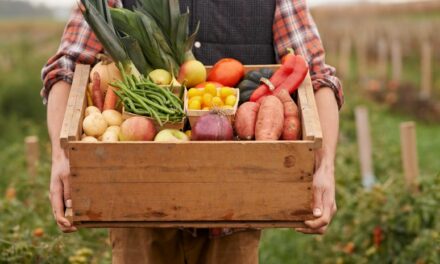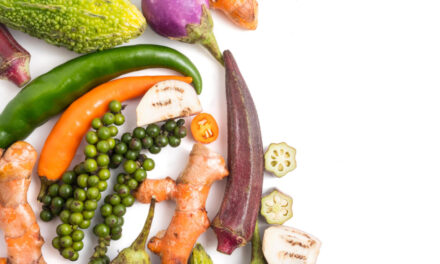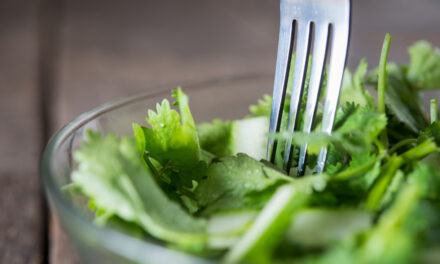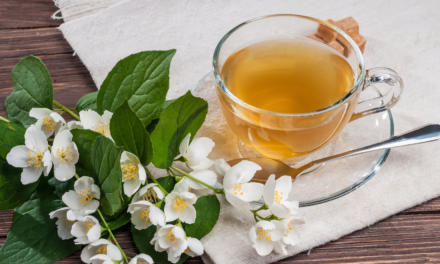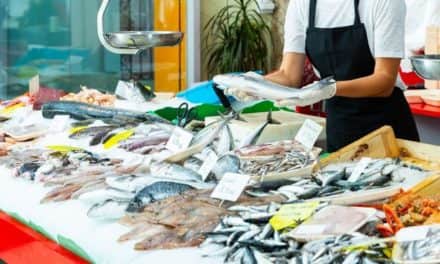
Urine, a golden treasure for your plants!
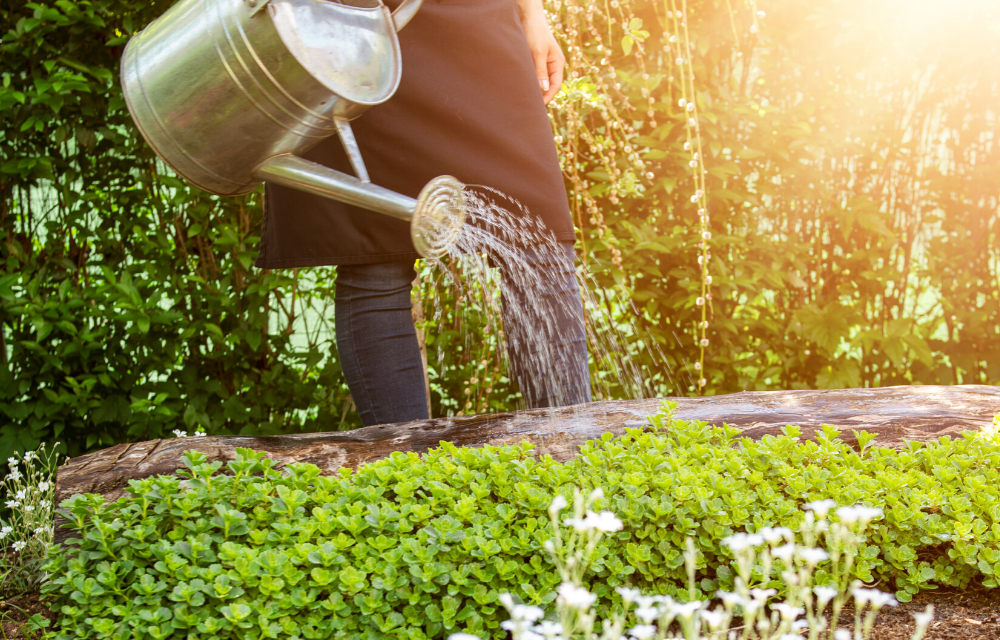
You’ve read it correctly! Urine can be used as fertiliser. The concept sounds strange, but using it in the garden is not as far-fetched as it sounds. Researchers and gardeners concerned with ecology have brought this ancient practice up to date. As a natural and free fertiliser with no impact on the environment, the use of urine has many advantages.
An ecological and economical alternative
The global food production system is the main human influence on the planet’s natural nitrogen and phosphorus cycles. The amount of nitrogen and phosphorus in the soil limits the growth of crops, which are therefore fertilised. But most fertilisers are made either by converting nitrogen from the air into ammonia, which alone consumes 2% of the world’s energy and relies heavily on fossil fuels, or by exploiting limited resources, such as phosphate rock.
A solution to this problem may be much closer than people think. Most of the nutrients we consume in food go into our urine, because our bodies already have enough. But instead of being recovered, these nutrients are flushed out, diluted and sent to sewage treatment plants where they are disposed of, leaving effluent that can be safely released into the environment.
The most nutrient-rich part of wastewater is human urine, which accounts for less than 1% of the total volume but contains 80% of the nitrogen and 50% of the phosphorus.
Feeding plants with urine
Rest assured, urine is not toxic for plants, it is a sterile product.
Urine contains a good amount of nutrients that are essential for plant growth. It is 95% water. So far, so good, right? What garden doesn’t need water? In this water are dissolved traces of vitamins and minerals necessary for the health and growth of plants, but the important thing is the remaining 5%. This five percent is largely composed of a metabolic waste product called urea, and urea is the reason why urine in the garden can actually be an excellent natural fertilizer.
The success of feeding plants with urine could have a positive impact on world hunger, as well as for the organic gardener. In many third world countries, the cost of manufactured fertilizers, whether chemical or organic, is prohibitive. In areas with poor soils, the use of locally collected urine in the garden could improve crop yields easily and cheaply. What are the benefits of using urine in the garden for the home gardener?
On average, a person produces 1.5 litres of urine per day, which corresponds to a fertilised garden area of 2.5m². If we look at the ecological side of things, we can see that thanks to this process, we save a lot of drinking water with each flush and, in addition, we avoid reprocessing it.
How to recycle and use urine?
There are two ways to use urine: pure or diluted with water. Pure urine is used before planting crops. It is used to prepare the soil. To do this, simply pour 1 to 3 litres of urine per square metre directly onto the soil about ten days before planting.
It should be noted that, in order to properly use the urine and absorb its odours, the soil must also be nourished. It is therefore essential to add compost or manure to the soil. For every 1 litre of urine, 500 g of compost should be added to the soil in the first 5 cm of depth.
Once the crops have been planted, dilute 1 litre of urine with 10 litres of water. This step is very important in order not to burn your plants! Apply this mixture every fortnight to the base of the plants (including potted plants). It will be as effective as any fertiliser you can find in the shops. And remember that all plants like urine, even if some are more receptive to it than others, like beetroot for example.
However, be sure to stop using urine 4 weeks before harvesting. This will ensure that the urine is fully degraded and that any residues are removed.
We recommend that you follow the precepts of Less Saves The Planet, which are part of the preservation of our Earth through a thoughtful and nature-friendly agriculture.


